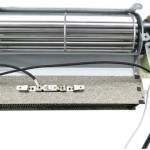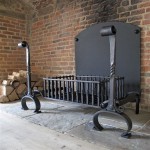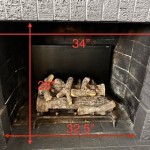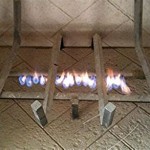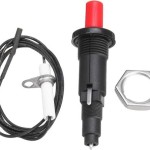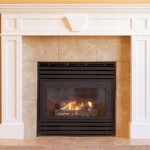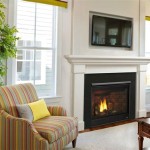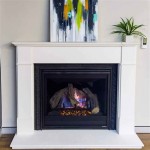Gas Ventless Fireplaces: Essential Aspects to Consider
Gas ventless fireplaces, also known as vent-free fireplaces, are becoming increasingly popular due to their convenience, efficiency, and aesthetic appeal. They operate without the need for a traditional chimney or flue, making installation easier and more affordable. However, it's essential to understand the unique characteristics and considerations associated with ventless fireplaces to ensure they are used safely and effectively.
Benefits of Ventless Fireplaces
Ventless fireplaces offer several advantages over traditional wood-burning fireplaces. Their primary benefit is the elimination of the need for a chimney or flue. This simplifies installation and reduces costs, making them a more accessible option for homeowners, especially in urban areas or apartments where outdoor venting may not be feasible.
Types of Ventless Fireplaces
There are two main types of gas ventless fireplaces: direct-vent and sealed-combustion. Direct vent fireplaces draw combustion air from outside, while sealed-combustion fireplaces use indoor air. Both types have their own advantages and drawbacks, so it's important to consider which one is most appropriate for your needs.
Safety Considerations
As with any gas appliance, safety is paramount. Ventless fireplaces produce carbon monoxide, an odorless, colorless, and deadly gas. Therefore, it's crucial to ensure adequate ventilation in the room where the fireplace is installed. Proper installation, regular maintenance, and the use of a carbon monoxide detector are essential. Additionally, ventless fireplaces should never be used in bedrooms or confined spaces, and windows should be opened slightly to allow for fresh air intake.
Efficiency and Heating Capacity
Ventless fireplaces are generally more efficient than traditional wood-burning fireplaces, as they do not lose heat through a chimney. However, they still require a significant amount of energy to operate. The heating capacity of a ventless fireplace is an important consideration, as it will determine how effectively it can heat the desired space. Factors such as fireplace size, room size, insulation, and climate will influence the heating capacity required.
Conclusion
Gas ventless fireplaces can provide a convenient and cost-effective heating solution, but they require careful consideration and proper use to ensure safety. By understanding the benefits, types, safety protocols, efficiency, and heating capacity of ventless fireplaces, homeowners can make an informed decision about whether they are the right choice for their home.
:max_bytes(150000):strip_icc()/ventless-gas-fireplaces-4160746-hero-f9d4bdcd9bd446eb84406de306f790ba.jpg?strip=all)
How To Pick Out A Ventless Gas Fireplace

What Is A Ventless Gas Fireplace Experts In Gaithersbutg Md

What Is A Ventless Gas Fireplace Dorr Oil

Ventless Gas Fireplace Propane

Ventless Fireplaces Natural Gas And Propane

Ventless Gas Fireplace Vent Free Modern

What Is A Vent Free Fireplace

Vent Free Archives SÓlas Contemporary Fireplaces

Duluth Forge Dual Fuel Ventless Gas Fireplace 26 000 Btu Remote Control Antique White Finish 170105 The Home Depot

Superior 43 Inch Vent Free Linear Gas Fireplace

